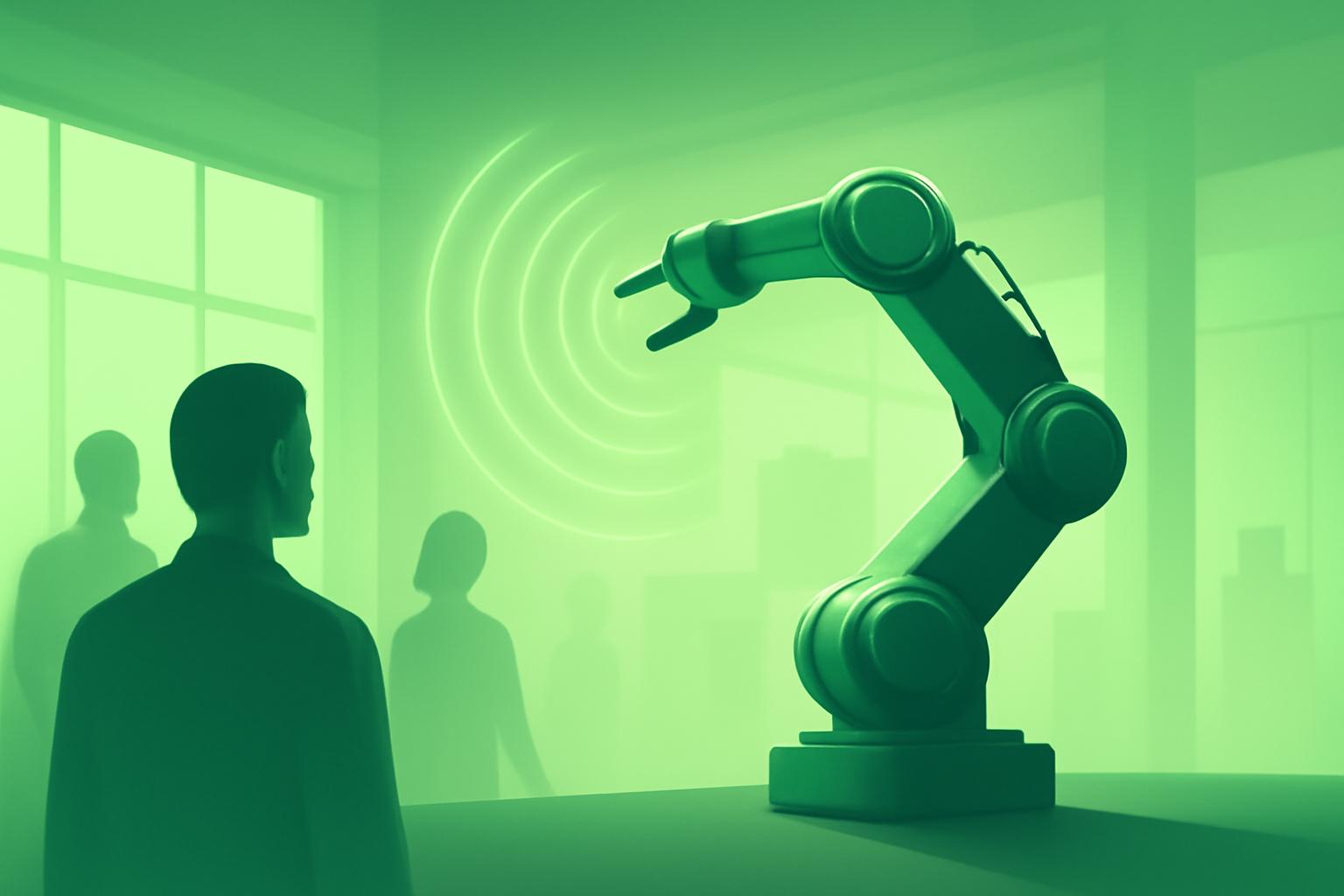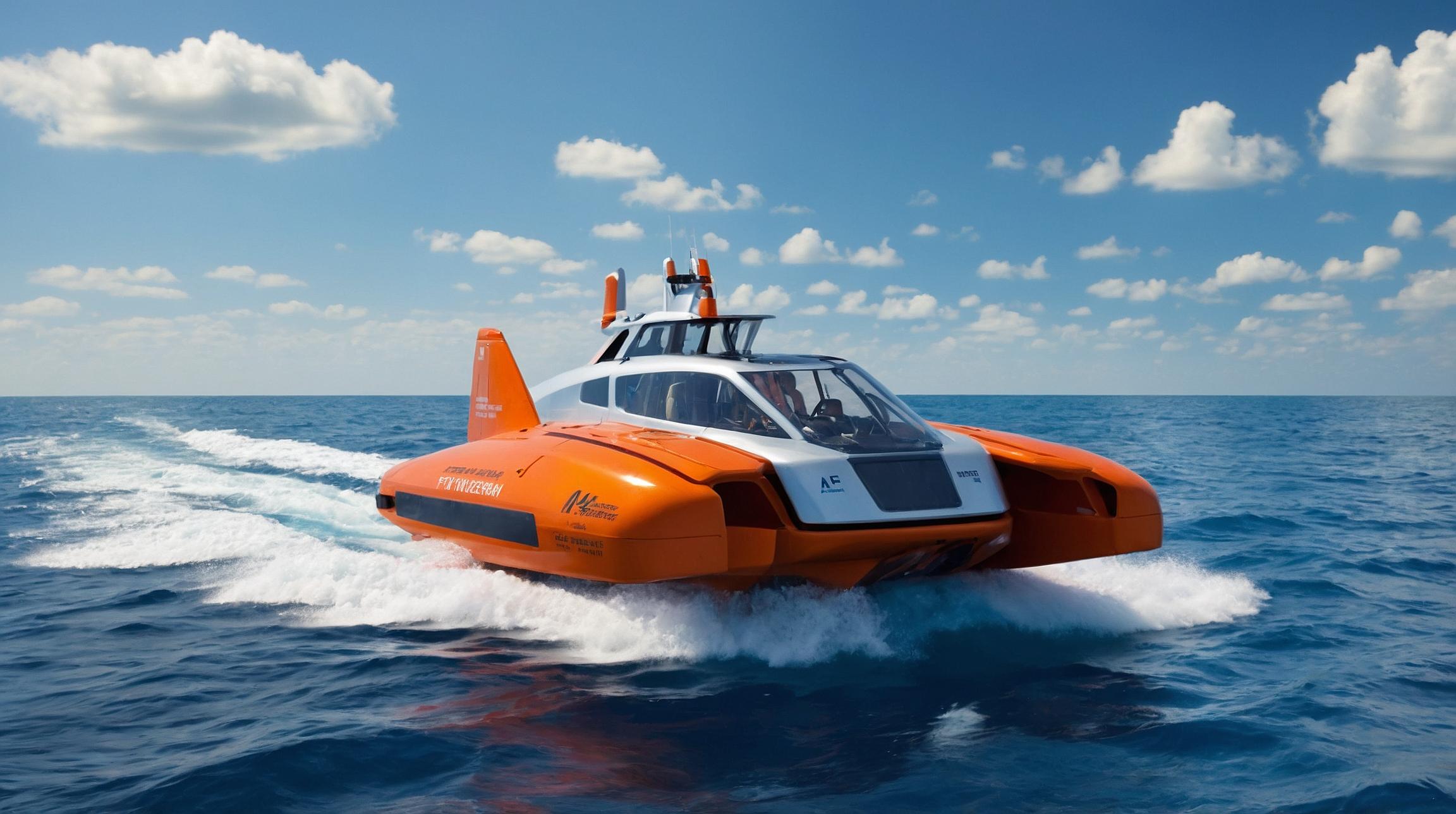Sonair Innovates Robotic Safety with 3D Ultrasonic Sensor Technology
As robots become more integrated into human environments, ensuring their safe operation alongside people is a rising priority for robotics firms. Sonair, based in Oslo, Norway, aims to address this challenge by introducing an acoustic detection and ranging (ADAR) sensor that leverages high-frequency ultrasound to provide robots with detailed three-dimensional awareness of their surroundings.
Acoustic Detection as an Alternative to LIDAR
Sonair’s sensor emits ultrasonic waves and analyzes their echoes to map the environment, supplementing visual data from cameras. While cameras excel at certain perception tasks, they can struggle with reliable object detection under varying conditions. Traditionally, robotics companies have used LIDAR—which employs laser light pulses—to capture depth information. However, Sonair’s CEO and co-founder Knut Sandven explains that their ultrasonic approach can capture data more comprehensively, as sound waves fill an entire space rather than scanning selectively like LIDAR.
“LIDAR is like swiping a laser pointer,” Sandven said. “[But] if you shout out in a room, you will fill the room with sound. We will fill the room with sound.” This acoustic method provides a richer environmental picture that complements existing sensors and enhances robotic perception.
Applications and Market Demand
Since launching its sensor earlier this year, Sonair has experienced strong interest from robotics manufacturers seeking to integrate its technology into upcoming models. Beyond robotics, the sensor has found applications in industrial safety, where it helps detect human presence near heavy machinery and enables automatic shutdowns to prevent accidents.
The sensor’s output complies with industry-standard formats, facilitating integration with diverse robotic platforms and software systems.
Funding and Future Prospects
To accelerate adoption, Sonair recently secured $6 million in funding from a mix of new and returning investors, including Scale Capital, Investinor, and ProVenture. According to Sandven, investors well-versed in robotics immediately recognized the critical safety issues the company addresses.
Safety concerns are increasingly prominent as robots move out of isolated industrial settings and into environments shared with humans. Fady Saad, general partner at Cybernetix Ventures, emphasized that safety remains a significant barrier to humanoid robots entering homes, citing risks to vulnerable individuals and pets.
Sonair currently faces little direct competition in the sonar-based sensor space but anticipates that the market will evolve as demand for robotic safety solutions grows. Sandven envisions their sensors becoming as ubiquitous as cameras in robotic systems within the next year.
Conclusion
Sonair’s development of a 3D ultrasonic sensor represents a meaningful advancement in robotic perception and safety. By offering a more comprehensive and cost-effective alternative to LIDAR, the company is positioned to play a key role in enabling safer human-robot interaction across multiple sectors.
FinOracleAI — Market View
Sonair’s innovative ultrasonic sensor technology addresses a critical need for enhanced safety in human-robot interaction, a trend set to accelerate as robotics expand into shared environments. The recent $6 million funding round reflects investor confidence in the company’s potential to disrupt the LIDAR-dominated perception market. Key risks include competition emerging from alternative sensing technologies and the pace of adoption by robotics manufacturers. Market watchers should monitor integration partnerships and regulatory developments in robotic safety standards.
Impact: positive













